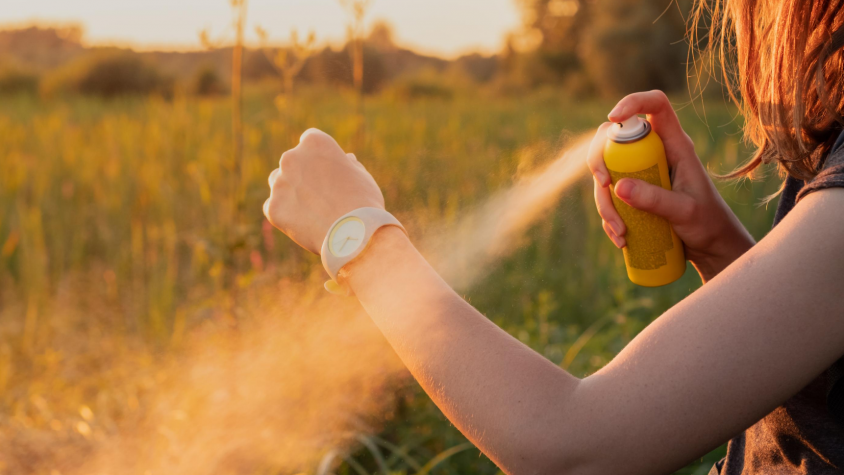It is hard to believe, but summer is finally here. The start of long, hot days filled with endless swimming and family barbecues; but along with all the fun comes the pesky little mosquito. Now I must admit that I am allergic to mosquitos and yet they always choose to bite me over someone else. So, ...
It is hard to believe, but summer is finally here. The start of long, hot days filled with endless swimming and family barbecues; but along with all the fun comes the pesky little mosquito. Now I must admit that I am allergic to mosquitos and yet they always choose to bite me over someone else. So, I was surprised to hear that according to the American Mosquito Control Association (AMCA), “over one million people worldwide die from mosquito-borne diseases every year.” They also go on to explain how those bites can cause severe skin irritation, red bumps and itching, from an allergic reaction to the mosquito’s salvia. With more than 3,000 species all categorized into 39 genera, only about 174 can be found in North America but it does not limit the chance of disease.
Here in the United States you will find four main types of mosquitoes: House, Southern House, Asian Tiger and Yellow Fever. Different types of mosquitoes have varied breeding and feeding habits which are important when considering how their diseases spread. The “House” mosquito is the most common in the Northern part of the country and is often found in standing polluted water; places like birdbaths, storm drains and even pet dishes. They can transmit a variety of viruses and parasites to humans. The “Southern House” can be found in tropical and sub-tropic regions. They are nighttime feeders and can transmit West Nile virus. The “Asian Tiger” are daytime feeders and only the females bite. They can be quite aggressive biters but also tend to be weak fliers. They are a vector of over 30 viruses, but only a few are known to influence humans. Birdbaths and flowerpots are perfect for their breeding. Finally, the “Yellow Fever” mosquito, which has been around the United States for centuries. They caused a significant amount of troop casualties during the Spanish- American war from transmitting the yellow fever. They also breed in standing water and can be found primarily in cities along the southern coast. So, although most of these mosquitoes are just a nuisance, some can be very dangerous.
Preventing mosquito bites are essential to staying safe from these diseases and against my better judgement, a citronella candle is not enough. Joseph Conlon, a technical advisor for AMCA, stated “in the amount and concentration that is put in via candles, it is not very effective.” Experts would agree that DEET is the most effective repellent and is available in a variety of lotions and sprays. Conlon offers another simple repellent, a fan. Because most mosquitos are weak fliers, they will have trouble navigating a decent breeze. Plus, this breeze will dissipate body odors and other scents that mosquitoes would typically be attracted to. Another easy way to stop them is to remove their habitat by draining or changing any standing water. Some other quick prevention tips would be to ensure structural barriers, dress with long sleeves, long pants and socks to avoid getting bitten and change any outdoor lights to the yellow “bug” lights. Taking these precautions will help decrease your chance of getting bit and contracting a severe virus or disease. If you are interested in more information or prevention tips, please head to mosquito.org.


